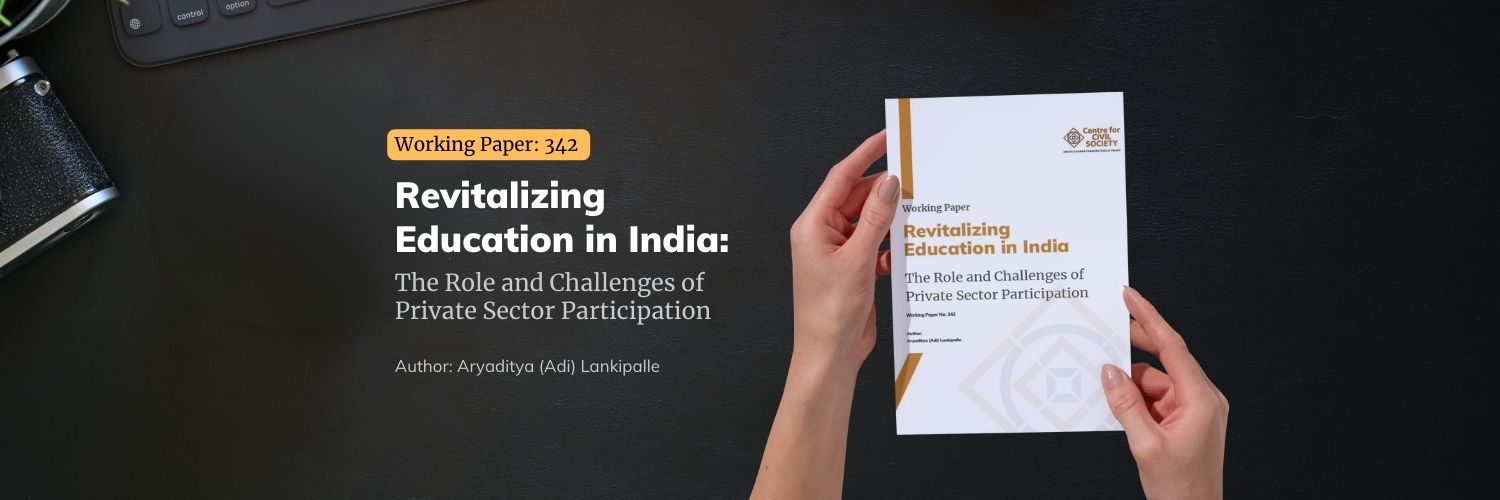NITI Aayog’s effort toward reforming Indian Medical Education is a step long overdue. There is a broad consensus across the Parliament, Executive, Judiciary and State Governments to replace the thoroughly corrupt, utterly inefficient and decrepit Medical Council of India (MCI) with a new commission that meets the aspirations of 21st century India. MCI has neither fulfilled the objective of improving access to medical education nor setting the high professional and ethical standards that the complex healthcare sector demands from doctors. It has become a textbook example of ‘regulatory capture’. The age-old socialist mindset towards regulatory institutions continues to plague many sectors in India, of which MCI is only one example.
NITI Aayog’s radical shift in regulatory philosophy towards a liberal and market-oriented one can be considered one of the big bang reforms of the current government. A shift in approach from inputs-based norms and standards to one based on outcomes is definitely going to create a lasting impact on the quality of medical education and is expected to set the precedent for other streams of education too.
The National level entrance and exit exams will ensure that merit prevails over discretion and that admissions are handled in a transparent manner. Removing entry barriers for private investors by doing away with the infamous ‘non-profit’ tag will address the challenge of access and helps meet the huge demand for medical education in India. Currently, around 11 lakh students chase an odd 55,000 seats and this has given some unscrupulous colleges a free hand in exploiting the artificially induced scarcity.
Largely in consonance with the proposed bill, we would like to bring a few specific issues to Aayog’s notice to help realize the true spirit of the bill.

Revitalizing Education in India: The Role and Challenges of Private Sector Participation
Working Paper no. 342


